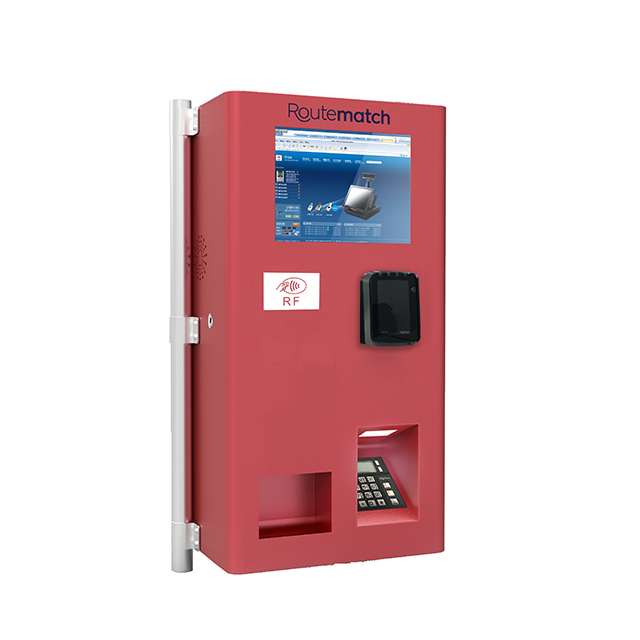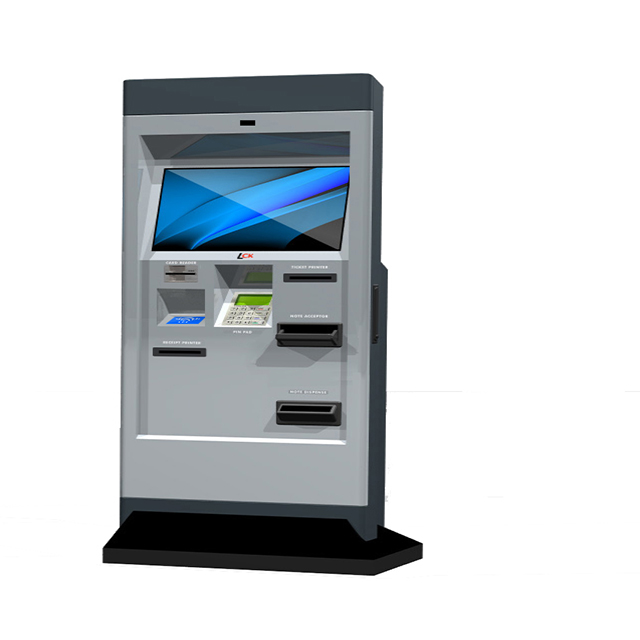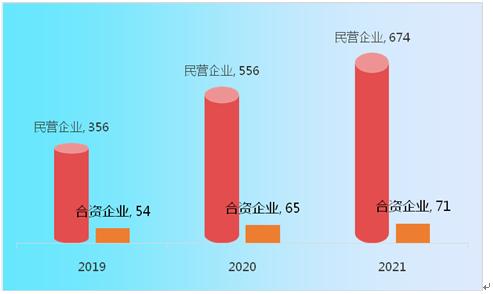Tel: +86 75588353453
Mobile: +86 13828755932
Email: sales@kmychina.com.cn
The development status of the unmanned retail self-service terminal industry
The development status of the unmanned retail self-service terminal industry
What is the investment prospect of the unmanned retail self-service terminal industry? Today's unmanned retail can be "unattended" (unattended), "fewer" (a small number of administrators), or flexible switching. More and more consumers prefer the "smart self-service" retail experience, and the demand for "contactless" is beginning to grow rapidly. Self-service commercial equipment such as vending machines, self-service terminal equipment, unmanned retail store solutions and supporting IoT equipment, smart shelves/containers, smart shopping carts, receiving robots, service robots, inventory robots, logistics robots, and unmanned entertainment and leisure service equipment have gradually penetrated into consumers' lives.
Unmanned retail self-service terminal equipment is a machine that can automatically pay goods according to the input coins. Vending machine is a common equipment for business automation, which is not limited by time and place, and can save manpower and facilitate transactions. It is a new form of commercial retail, also known as a 24-hour micro-supermarket. Common vending machines are divided into four types: beverage vending machines, food vending machines, comprehensive vending machines, and cosmetics vending machines.

Unmanned retail is divided into unattended parts of physical retail dominated by open shelves, vending machines, unmanned convenience stores and unmanned supermarkets, of which unmanned supermarkets are mainly in the internal testing stage and have not yet been rolled out on a large scale. Therefore, at present, the main body of unmanned retail is concentrated in three categories: open shelves, vending machines, and unmanned convenience stores. Although unattended, the management behind it still needs to be someone, but the role of the person has changed, and the front-end personnel are mainly responsible for distribution, tally and cleaning. Retail self-service equipment and supporting software solutions will help retail enterprises improve performance, reduce costs and increase efficiency, customer source drainage, management analysis, product tracking and traceability, and other links.

With the continuous development of China's national economy and the continuous improvement of residents' income level, the total retail sales of consumer goods in China continue to grow. As a new format model combining China's retail industry with artificial intelligence, the Internet of Things and other technologies, unmanned retail will also usher in a broad space for development under the background of China's growing consumption scale.
According to relevant data, the market size of China's unmanned retail industry can reach the level of about 28.27 billion yuan. In the future, with the development of Internet of Things technology, AI, 5G and other technologies, the post-90s generation will gradually become the main consumer force, and they have higher requirements for brand content and experience interaction than ever before. Consumer experience, supply chain efficiency, and consumption scenarios will all be reshaped. The development of unmanned retail is in line with the times, and the cost and demand have also prompted the opening of vending machine sales channels.
Chart: Total Output Value of Unmanned Retail Self-service Terminal Enterprises of Different Ownership Systems (100 million yuan)
Data source: China Research Institute Puhua
In recent years, the number of unmanned retail-related enterprises registered in China has continued to grow, with 3,136 unmanned retail-related enterprises in 2016 and 5,830 in 2019. Since 2020, the epidemic has greatly affected traditional brick-and-mortar retail, unmanned retail has focused on "contactless" consumer demand, providing residents with normal life services, unmanned retail has flourished, and the number of related enterprise registrations has increased significantly. In 2021, 18,888 new unmanned retail-related enterprises will be added, and it is expected that the number of unmanned retail-related enterprises registered will exceed 20,000 in 2023, reaching 24,244.
At present, China's unmanned retail self-service terminal equipment laying and regional economic strength and consumption capacity linked, East China is China's economic development key area, unmanned retail self-service terminal in East China market size accounted for 62.3%, with the development of the industry, the future market focus will shift from East China and other economically developed areas to other regions, from first-tier cities to second- and third-tier cities.
According to the development trajectory of the industry and years of practical experience, the report on the unmanned retail self-service terminal industry analyzes the internal and external environment, industry development status, industrial chain development status, market supply and demand, competition pattern, benchmark enterprises, development trends, opportunity risks, development strategies and investment suggestions of the unmanned retail self-service terminal industry in China, and focuses on analyzing the opportunities and challenges that China's industry will face, and makes prudent analysis and prediction of the future development trend and prospect of the unmanned retail self-service terminal industry. It is an enterprise, academic research unit, investment enterprise to accurately understand the latest development of the unmanned retail self-service terminal industry, grasp the market opportunity!



 Online
Online